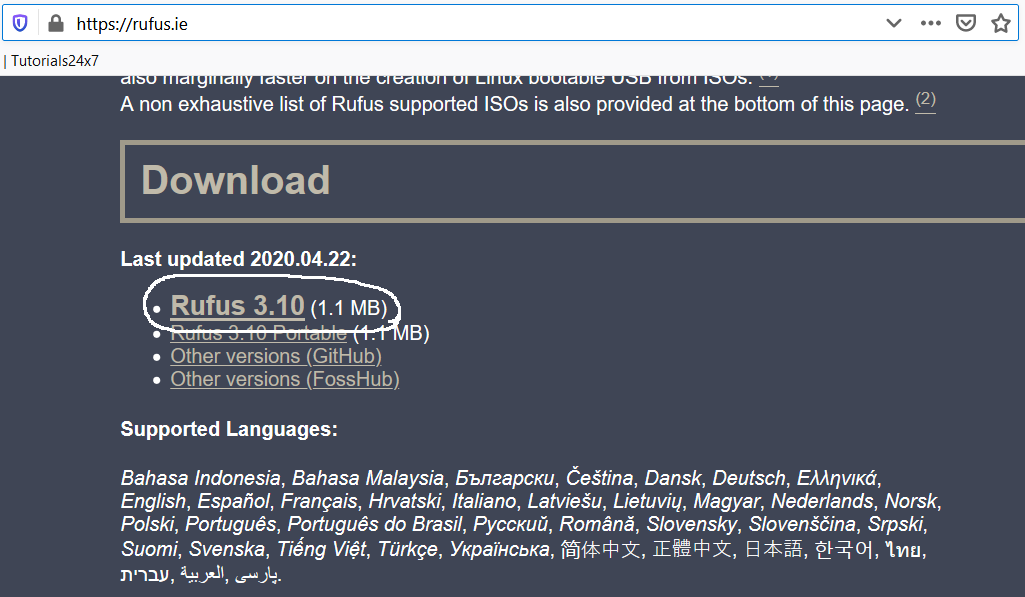

Steps For Creating a Bootable Windows 10 Installation Disk or USB Pendrive Requirements to make your own Windows 10 Bootable USB Pendrive Requirements to make your own Windows 10 Bootable USB Pendrive.Steps For Creating a Bootable Windows 10 Installation Disk or USB Pendrive.If you’re making a Windows 7 USB, copy the boot folder from efi/microsoft to efi folder.ĭon’t forget to unmount (safely remove) the USB drive. From here extract bootmgfw.efi somewhere, rename it to boot圆4.efi, and put it on USB in efi/boot a folder. Otherwise, open sources/install.wim with the Archive Manager (you must have 7z installed) and browse to. If there’s a file boot圆4.efi then you’re done. Using GParted rewrite the partition table of the USB drive as GPT.Ĭreate a new primary partition and format it as FAT32. For UEFI Mode (GPT) – 64-bit Windows Only Choose the USB as the first boot device in BIOS and start booting from it. Unmount the USB drive and restart your PC. Write this into the file: echo "Booting from USB " dev/sdb, not /dev/sdb1Ĭreate a GRUB config file in the USB drive folder boot/grub with the name grub.cfg Install GRUB on USB: sudo grub-install -target=i386-pc -boot-directory="//boot" /dev/sdX

Go to a USB drive and if the folder named boot has uppercase characters, make the all lowercase by renaming it Copy the UUID somewhere as you will need it.Ĭopy all files from Windows ISO to a USB drive using your favorite file manager In GParted, right-click the USB partition and select Information. Rewrite the partition table as MS-DOS and format your USB drive as NTFS using GParted (also add the boot flag) Install GParted and GRUB on Ubuntu with: sudo apt-get install gparted grub-pc-bin p7zip-full ntfs-3g Making a Windows Bootable DiskĮven other Linux distros as long as GParted and GRUB are installed. That’s it! When the process completes, you’ll be ready to restart your computer and begin installing Ubuntu.


 0 kommentar(er)
0 kommentar(er)
